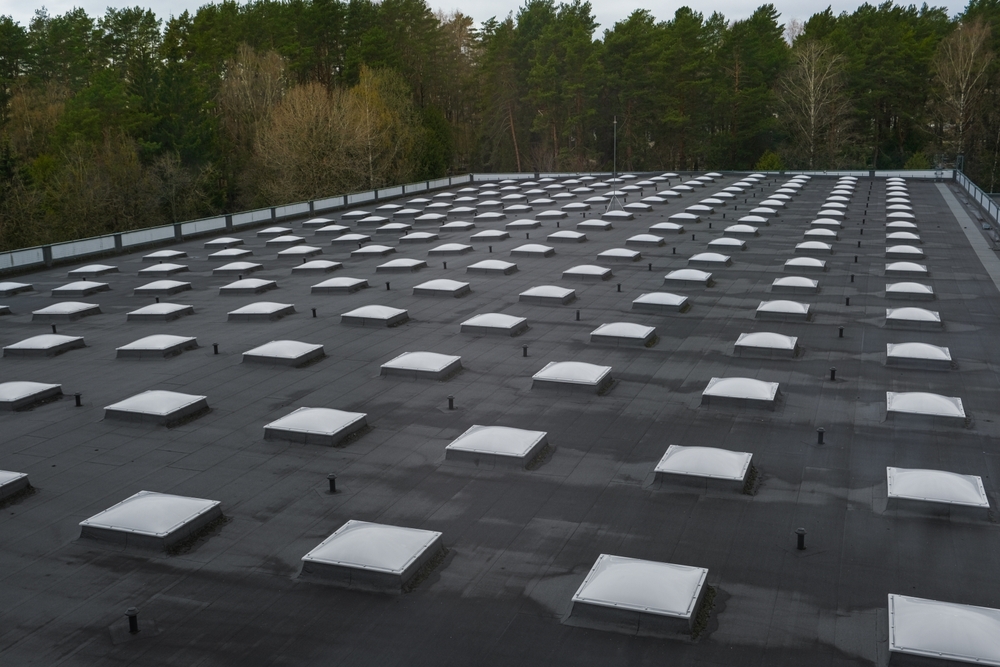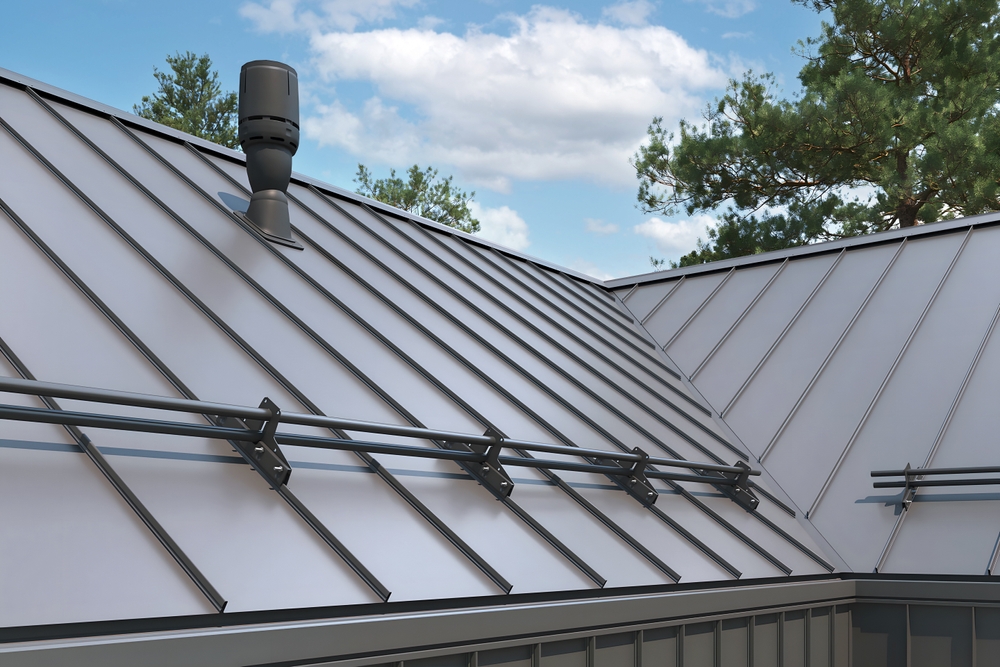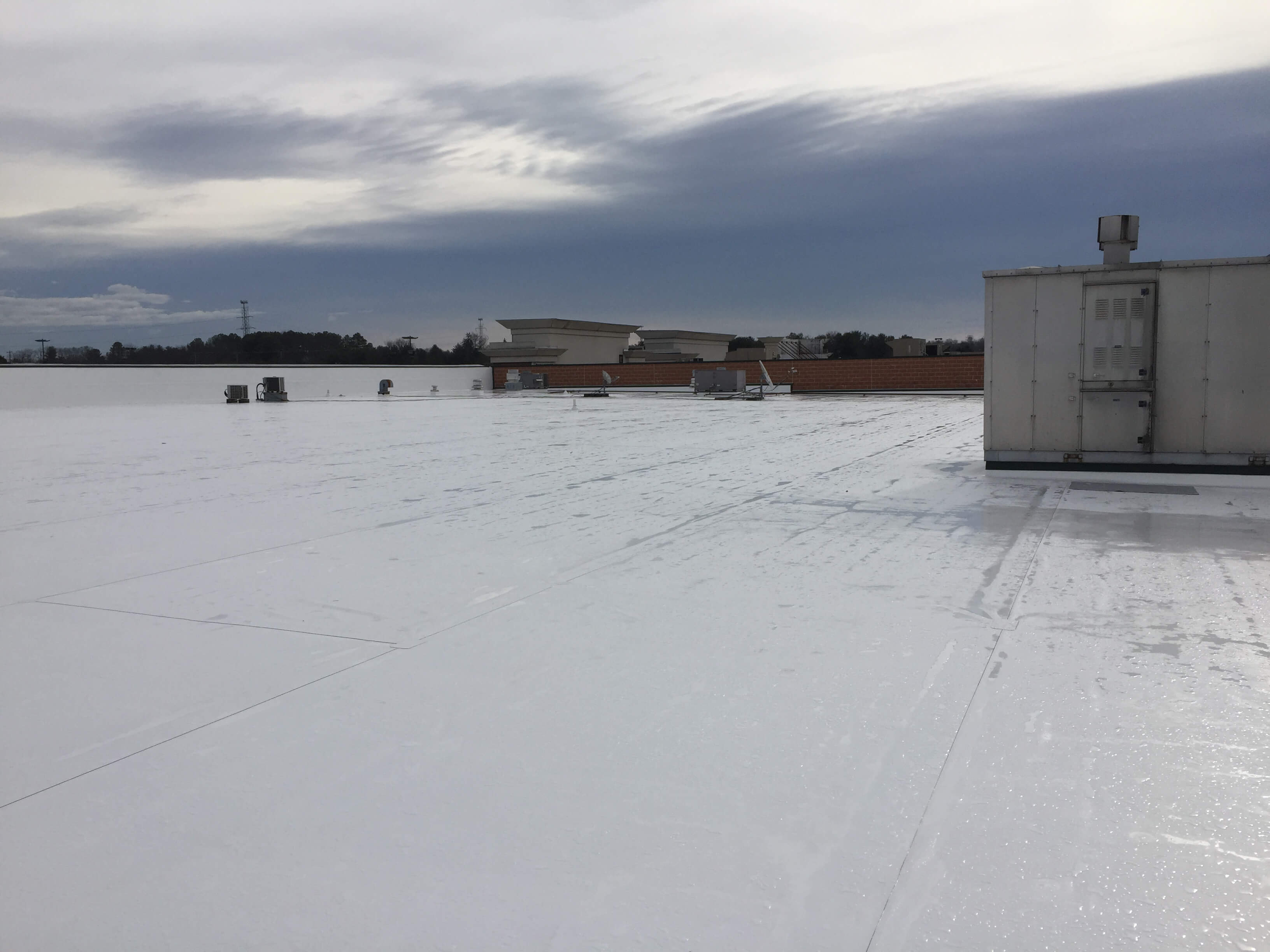Is Modified Bitumen Still Relevant in 2025? Here’s What to Know

Modified Bitumen in 2025?
Talk to a facility manager or architect today, and chances are they’ll mention TPO, PVC, or maybe EPDM when discussing flat roofing options. Modified bitumen doesn’t always make that short list anymore—and that’s a mistake.
Yes, single-ply systems have gained ground, and for good reason. But if you think modified bitumen is outdated, you might be missing one of the most rugged, reliable roofing systems still in active use today—especially in buildings that see high wear, have complex rooftops, or require that extra layer of physical durability.
So is modified bitumen obsolete? Not even close. It just doesn’t shout for attention the way newer systems do. But when you look at certain building types, climates, and performance priorities, mod bit still quietly outperforms in ways that matter.
Let’s break it down.
First, a Quick Refresher: What Is Modified Bitumen Roofing?
Modified bitumen (mod bit) is an evolution of traditional built-up roofing (BUR), blending time-tested asphalt with modern polymers for enhanced performance. It typically consists of multiple layers—including a base sheet, reinforcement layers, and a cap sheet—all designed to work together as a redundant barrier against water, UV, and impact.
There are two primary types:
- SBS (Styrene-Butadiene-Styrene): Flexible, rubberized, great for cold climates\
- APP (Atactic Polypropylene): More rigid, stronger under heat and UV
Installation methods vary. Some systems are torch-applied, while others use cold adhesives or self-adhered sheets. Each has its place depending on the building and local code requirements.
The takeaway? This is not a one-layer membrane. It’s a built-to-last, multi-ply system that offers real thickness and resilience—not just marketing specs.
Learn more about Modified Bitumen Roofing
Where Modified Bitumen Still Shines in 2025
While some systems have become more “popular,” mod bit continues to dominate in certain applications—not out of nostalgia, but because it works.
- Buildings with high foot traffic
Think schools, apartment buildings, hospitals, and multi-tenant facilities where rooftop access is frequent and unavoidable. HVAC techs, maintenance crews, and even residents (in some multifamily cases) walk the roof. Single-ply systems can show wear quickly under that kind of use. Mod bit just handles it better. - Roofs with a lot going on
Complex rooftops—with penetrations, pipe boots, skylights, and equipment curbs—benefit from mod bit’s ability to layer, flash, and reinforce in tricky areas. Where a single sheet might need patches or accessories, mod bit can be custom-detailed in the field with layered redundancy. - Areas prone to punctures or impact
Facilities in tree-heavy zones, near industrial areas, or simply with heavy equipment moving across the roof benefit from mod bit’s physical toughness. That extra thickness matters when debris or tools make contact. - Cold-weather performance (especially with SBS)
In colder Mid-Atlantic regions or higher elevations, SBS-modified bitumen remains flexible even in freezing conditions. That reduces cracking and seam failure from contraction.
So while it’s not always the flashiest choice, modified bitumen still quietly delivers where conditions are rough and failure isn't an option.
How It Compares to Other Systems
We’re not here to knock other systems. Each has its place. But if you’re weighing options, here’s what to keep in mind:
Modified Bitumen vs. TPO
TPO is a strong contender—especially for energy efficiency. It’s reflective, cost-effective, and lightweight. But it's also a single layer, and while it does well under UV, it doesn’t offer the same multi-ply protection mod bit does. If longevity under stress is the priority, mod bit wins.
Modified Bitumen vs. EPDM
EPDM installs fast and at a lower cost, and its rubber surface can perform well in a range of temperatures. But it’s more vulnerable to punctures, especially when foot traffic or rooftop work is common. EPDM is often chosen for budget—but that doesn’t make it better in every case.
Modified Bitumen vs. PVC
PVC’s biggest strength is its resistance to chemicals and grease—making it ideal for restaurants or manufacturing. But mod bit pulls ahead when you want built-in redundancy and physical thickness. It's more forgiving during install and repairs too.
When Mod Bitumen Might Not Be the Right Fit
No system is perfect for every situation, and mod bit does have limitations:
- If high reflectivity is a top priority, you’ll need to add a reflective coating. TPO or PVC may be a more natural fit if energy codes or rebates are a primary driver.
- If budget is tight, mod bit might stretch it. Labor and material costs are often higher than EPDM or entry-level TPO installs.
- If the roof has limited access or open flame isn’t permitted, torch-applied systems may not be allowed. Cold-applied options exist, but they can be more logistically complex.
In short, mod bit is best where performance under pressure matters more than quick install or low first cost.
What Makes a Modified Bitumen Roof Actually Last
This part’s non-negotiable: mod bit requires expert installation. Even with great materials, a rushed or poorly detailed install will compromise the system’s integrity.
Here’s what separates long-lasting mod bit roofs from short-lived ones:
- Proper base sheet prep and adhesion
- Clean, watertight detailing around penetrations
- Cap sheet surfacing that matches building needs (granulated, coated, smooth)
- Experienced installers who understand sequencing and redundancy
At Reliance Roofing, we’ve trained our crews specifically in multi-layer systems and membrane torching techniques, including cold-applied systems when required. We’re not just certified—we’ve done it on schools, industrial sites, and government projects across the Mid-Atlantic.
Not Sure If It’s the Right Fit? Let’s Talk It Through
The best roofing choice always starts with context. What’s happening on your rooftop? What’s your timeline, your budget, your goals?
At Reliance Roofing, we’ll walk your roof, review your needs, and give you straight guidance—whether that leads to modified bitumen or something else entirely.
Let’s figure out what’s best for your building, not just what’s trending.
Schedule a Roofing System Assessment



